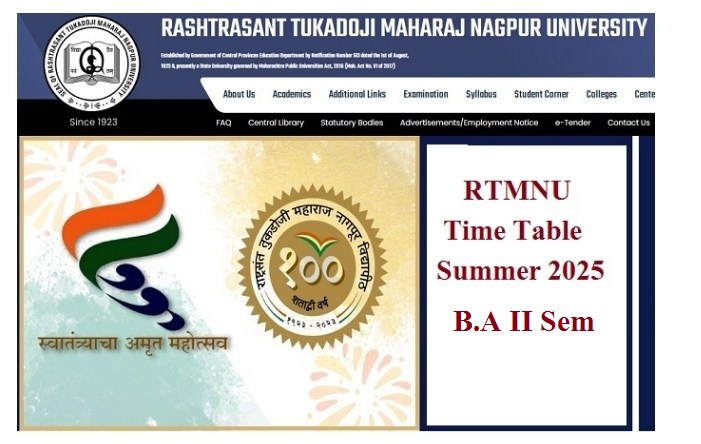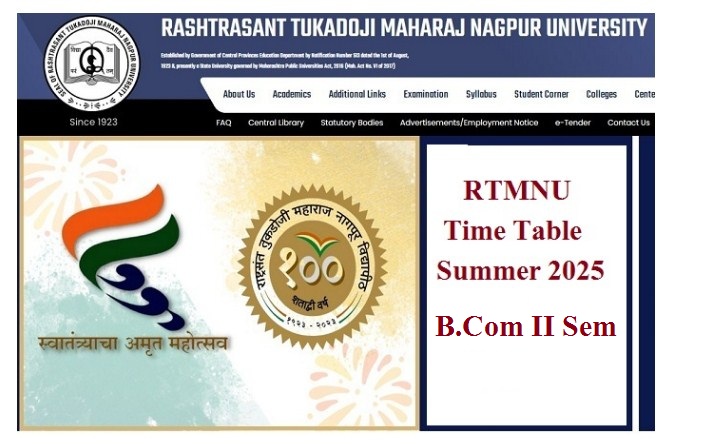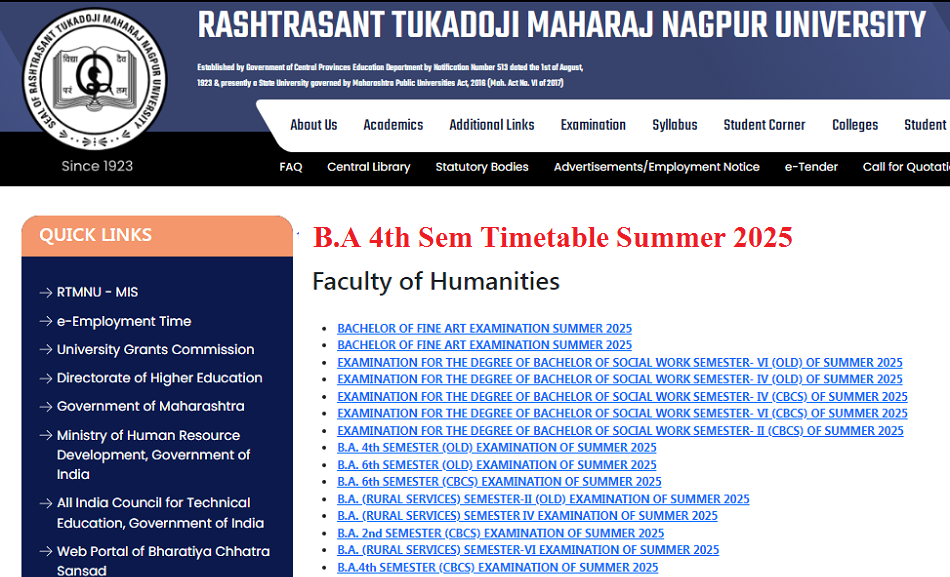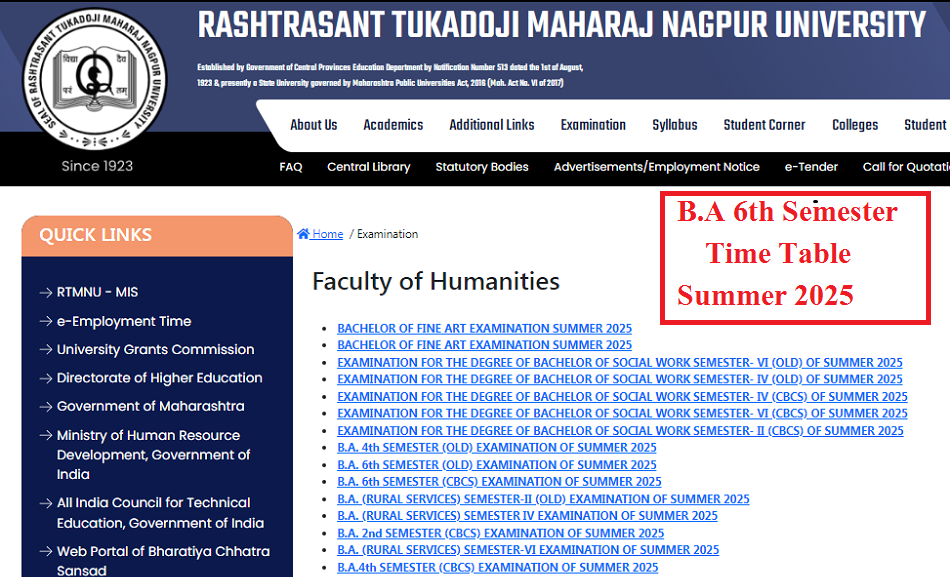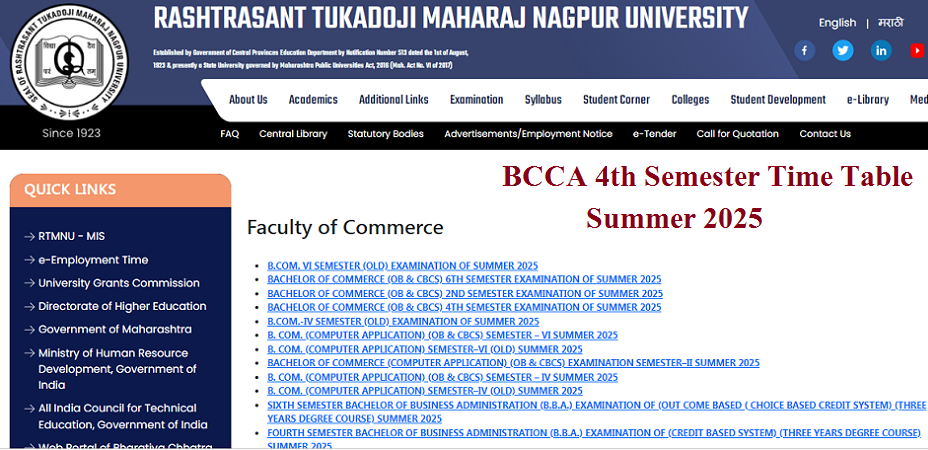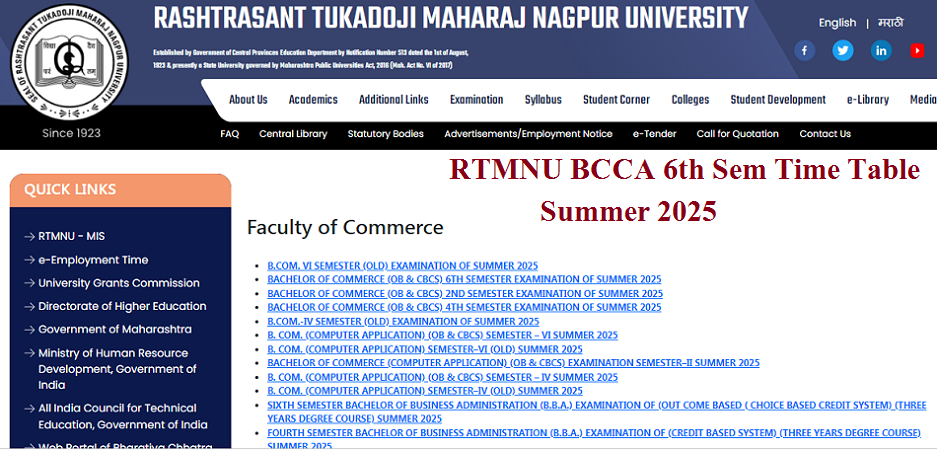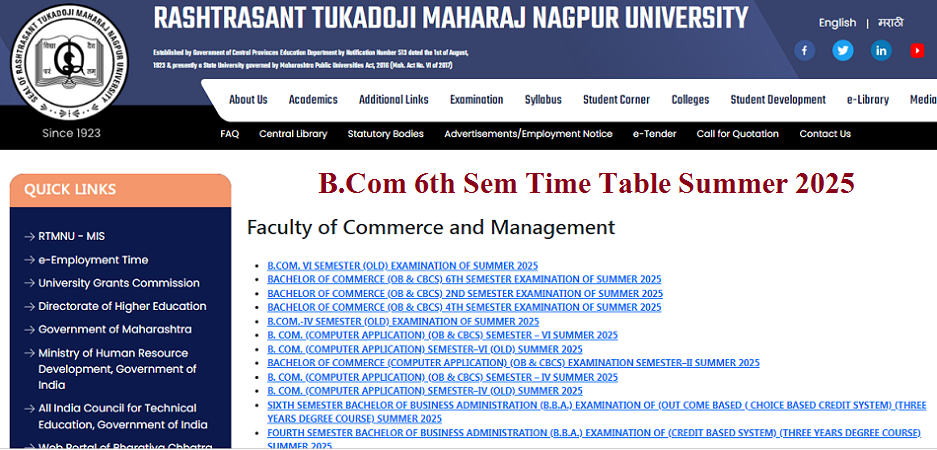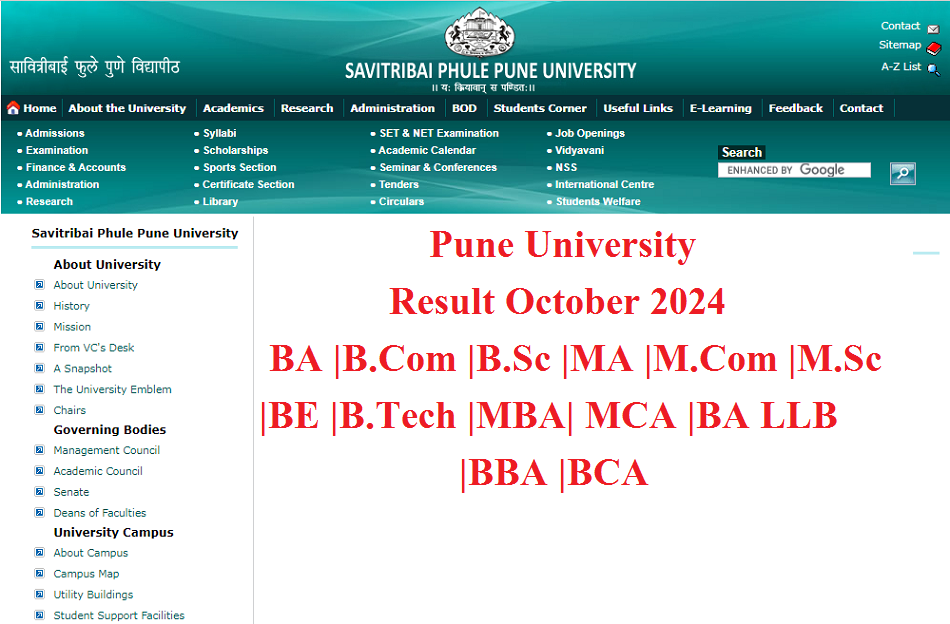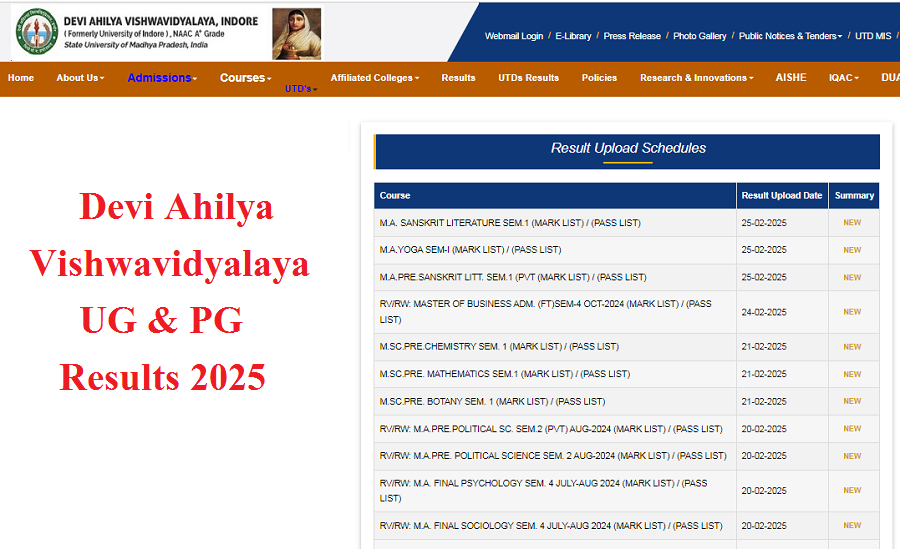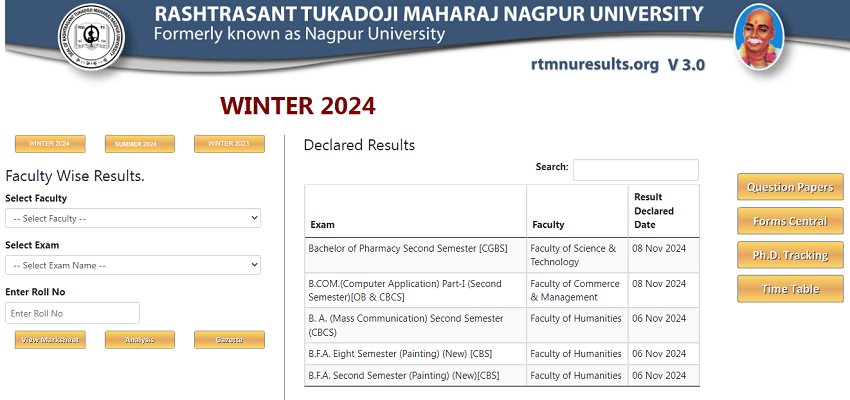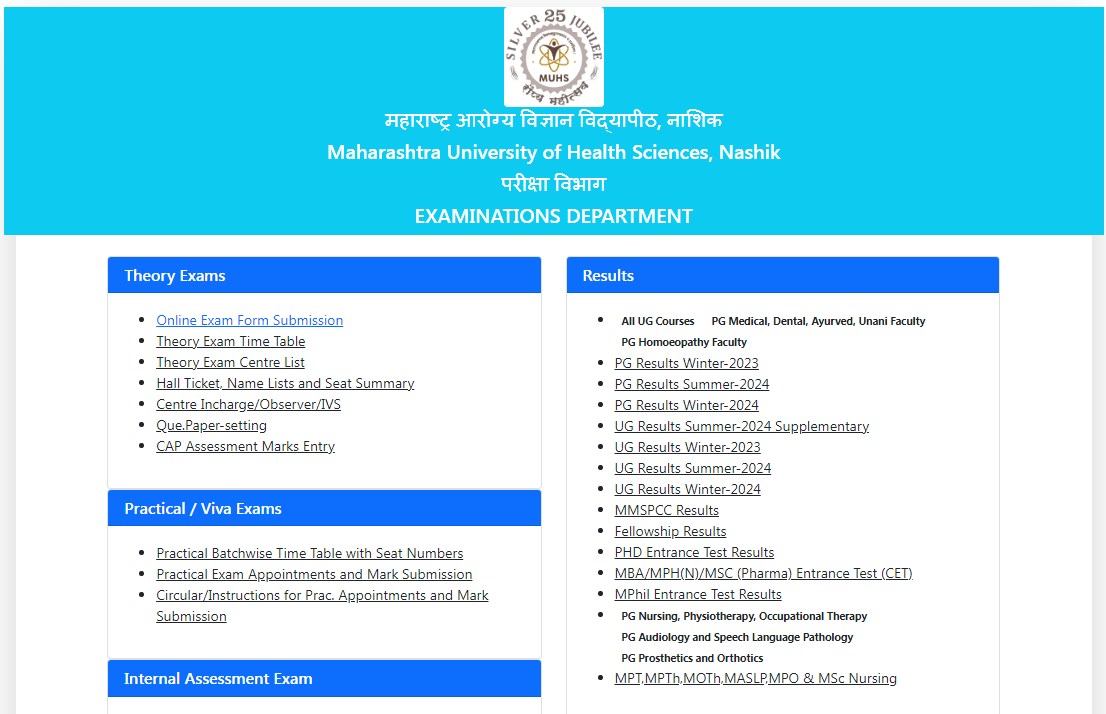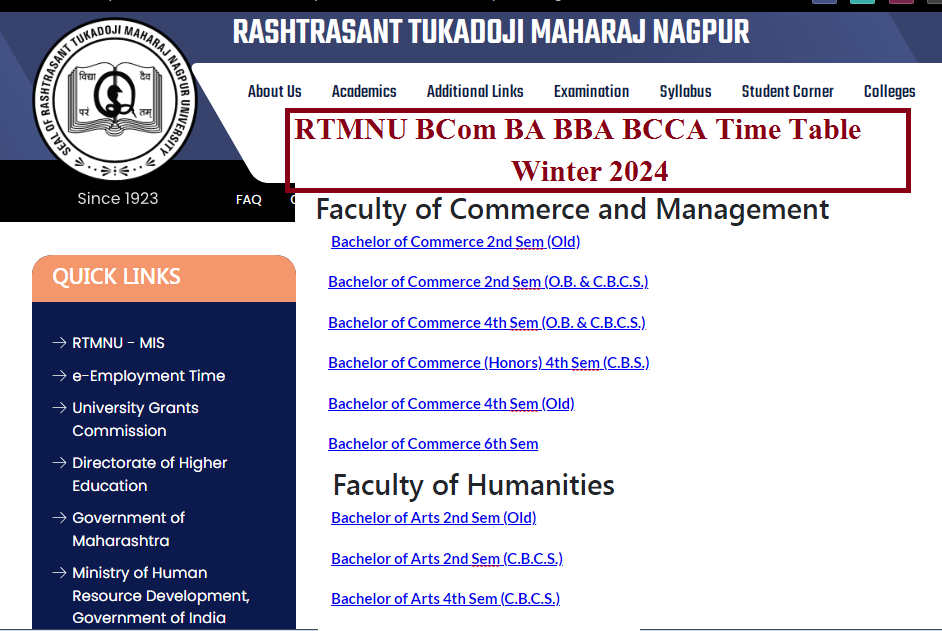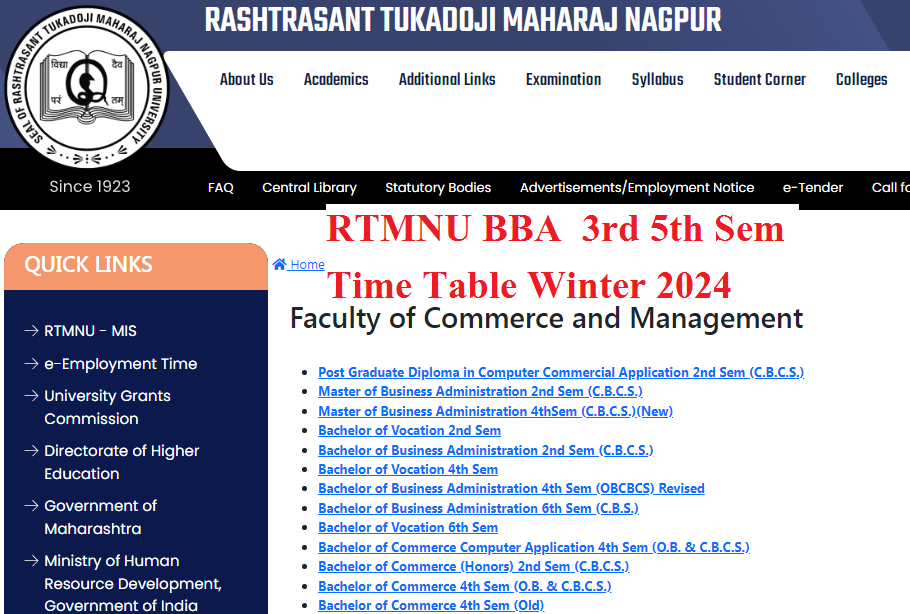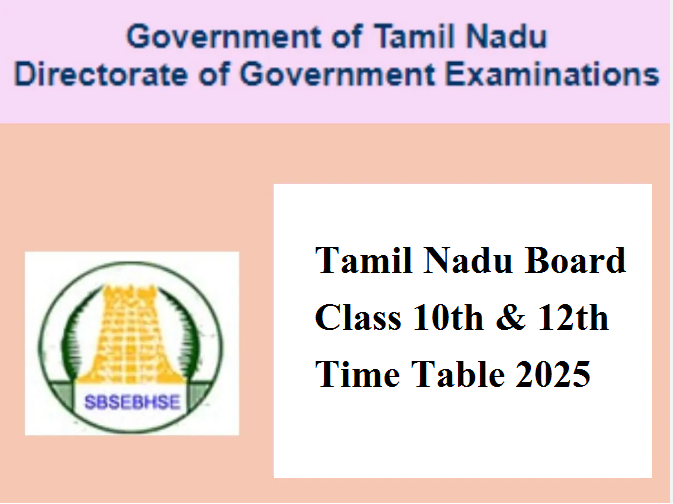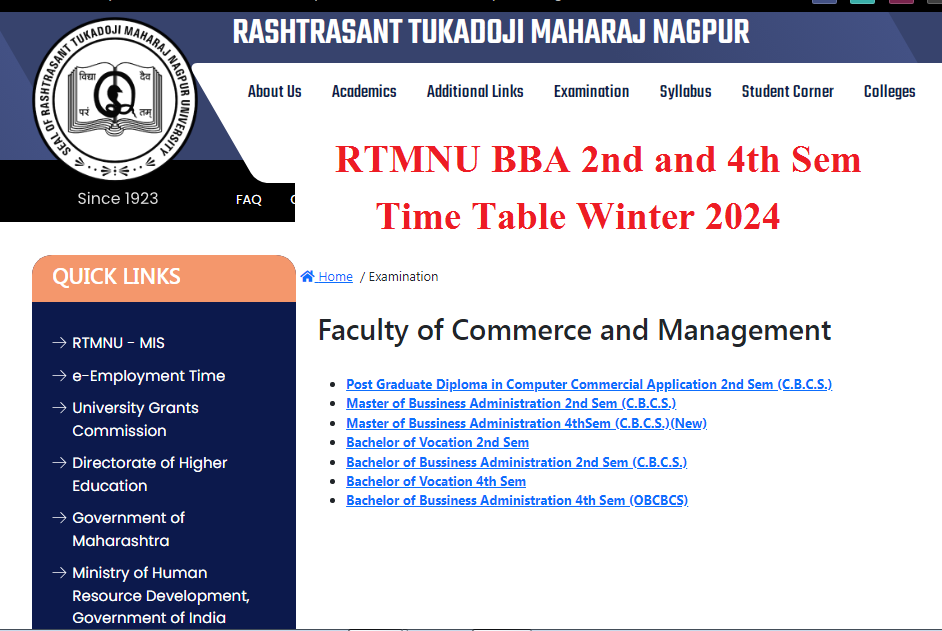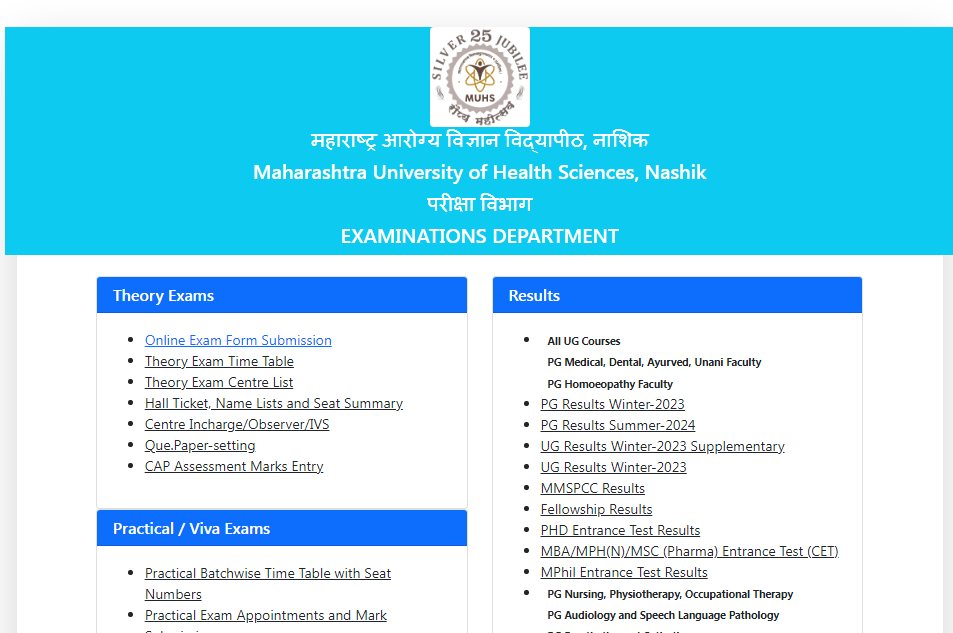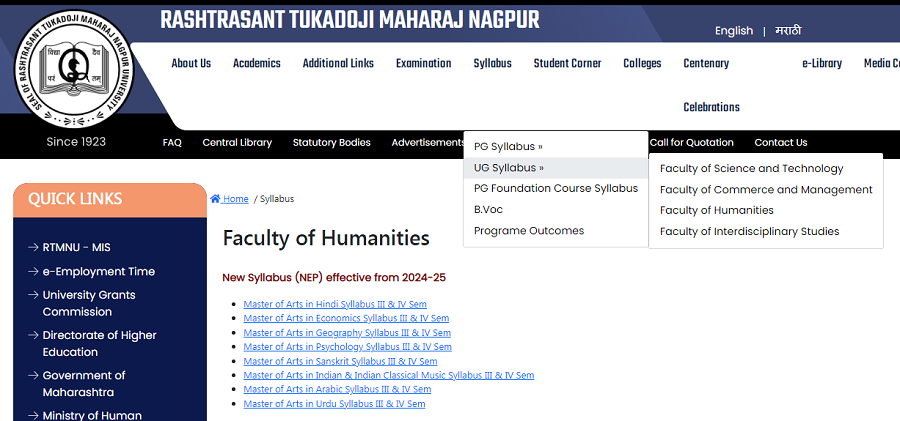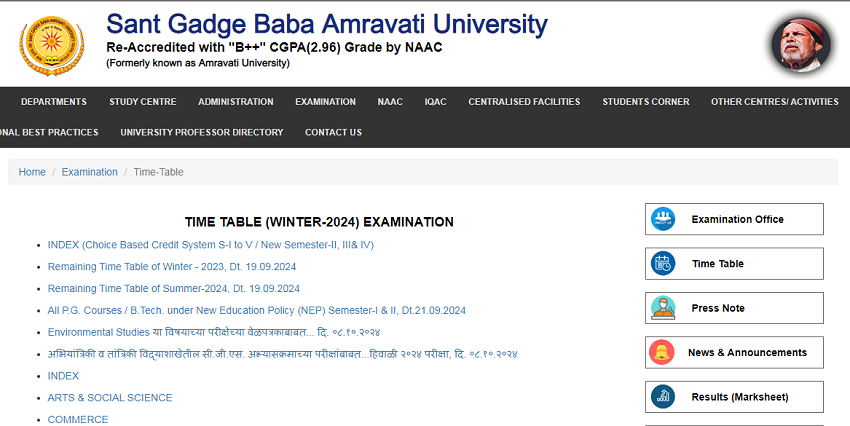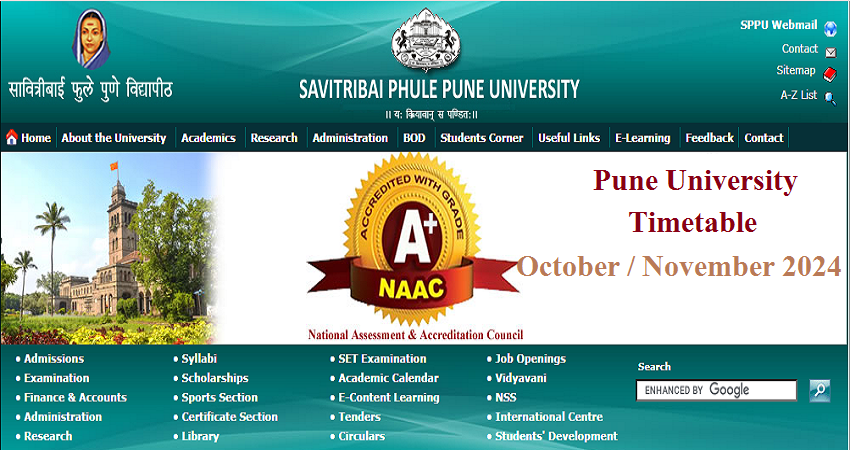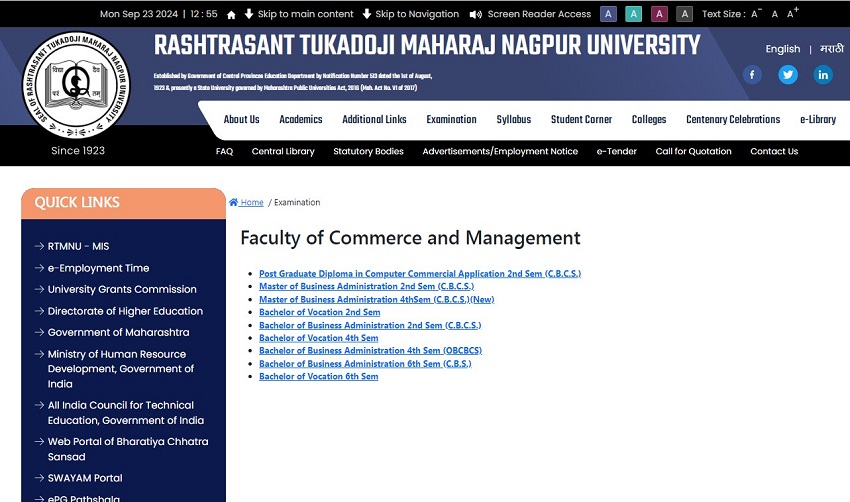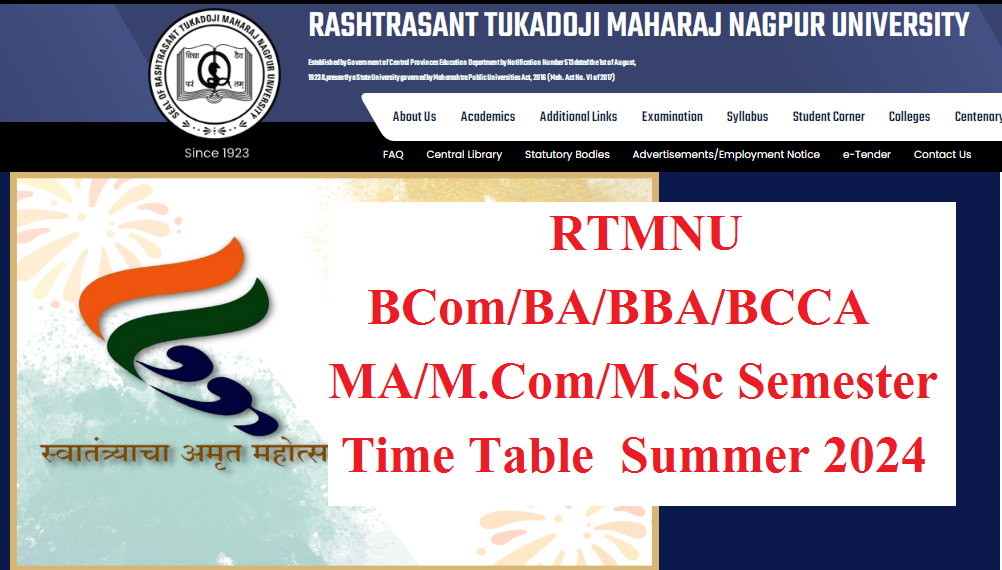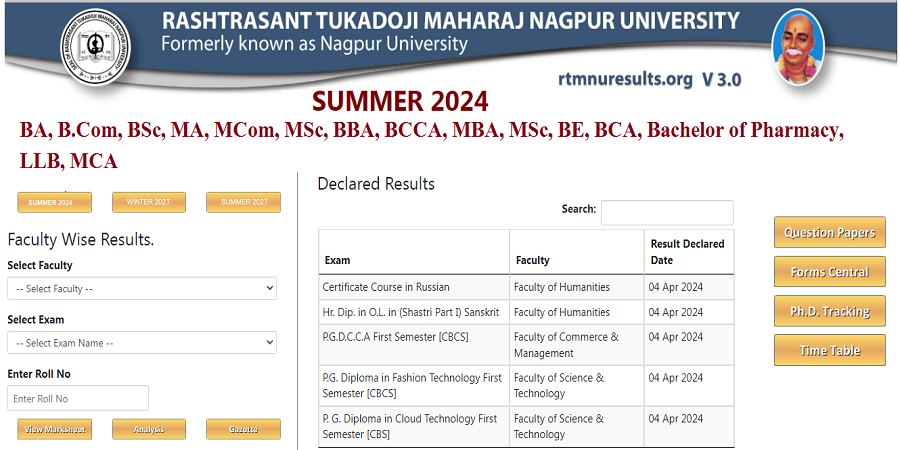RTMNU Revised B.Sc Chemistry Sem 1 Syllabus 2021
RTMNU Revised B.Sc Chemistry Sem 1 Syllabus 2021
RTMNU Revised B.Sc Chemistry Sem 1 Syllabus 2021 | Nagpur University B.Sc Chemistry Syllabus Part 1| RTMNU First Year B.Sc Chemistry Syllabus
Nagpur University New Syllabus 2021 is available for Downloading. The latest RTMNU Revised B.Sc Chemistry Sem 1 Syllabus 2021 is published by Nagpur University. The students looking for this syllabus can Download the PDF Syllabus from given respective Links. We keep adding More details about this Syllabus on this page. We given below the Details updated new syllabus. Students of RTMNU are requested to go though the detail syllabus. You can also download the PDF of syllabus from given link. For More updates keep visiting us.
RTM Nagpur University Revised B.Sc Chemistry Sem 1 Syllabus 2021 -RTM Nagpur University B.Sc First Semester New Revised Syllabus is given below for Downloading. The students can Download the respective Syllabus from following given details. Just go through the given links & read the given syllabus carefully. Nagpur University First Year New Semester Online Detail syllabus given below.
R.T.M NAGPUR UNIVERSITY NAGPUR
SEMISTER PATTERN PROPOSED SYLLABUS
SUBJECT CHEMISTRY
B.Sc. –I, Semester – I
Paper- I (Inorganic Chemistry)
Unit-I
(A) Atomic Structure :Idea of de-Broglie matter Waves, Heisenberg’s uncertainty principle.Schrodinger wave equation, significance of Ψ and Ψ2 , Quantum numbers, shapes of s, p, and dorbitals, Aufbau principle, Pauli’s exclusion principle and Hund’s rule of maximum
multiplicity.Electronic Configuration of elements and ions (Z = 1 to 30)
(B) Periodic Properties: Atomic and ionic radii, ionization energy, electron affinity and electronegativity- Definition, trends in periodic table. Factors affecting ionization potential. Pauling’s and Mulliken’s scale of electronegativity. Effective nuclear charge and Slater’s rule with some numericals.
Unit-II
(A) Ionic bond :Introduction to Ionic bonding with respect to formation (Kossel Theory), Lattice energy and Born- Habercycle with numericals. Solvation energy and solubility of ionic solids, polarizing power andpolarisability of ions, Fajans rule.
(B)Covalent Bond: Valence Bond Theory, Formation of Hydrogen molecule with Potential energy diagram Limitations of VBT, directional characteristics of covalent bond, overlap criterion and bond strength. Bond energy, bond length, Bond order and Bond angle. Various types of hybridization involving s, p, d orbitals and shape of inorganic molecules.
Unit – III
(A) s- block elements- Electronic configuration, Comparative study with respect to atomic andionic radii, Ionization potential, reducing properties. Application of s-block elements(Na, Kand,Ca) in biosystem. Diagonal Relationships (Li-Mg).Hydrogenbonding .Classification and effect of Hydrogen bonding on viscosity, solubility, Melting point and Boiling point.
(B) Chemistry of Noble Gases: Chemical properties of the noble gases, Preparation, chemical properties, structures, bonding and applications of Xenon fluorides (XeF2, XeF4, XeF6). Structureand bonding in XeOF2 and XeOF4
Unit- IV
(A) p-block elements – Introduction to p-block elements with respect to following compounds: Hydrides: Comparative study with respect to structure of NH3, PH3, AsH3 and SbH3.
Oxides: Structure of P2O3 ,P2O5
Oxyacids of Phosphorous: Structure of H3PO3 and H3PO4
Peroxyacids of sulphur: Preparation and structure of Caro’s and Marshall’s acids.
Hydrides of boron: Structure and bonding of diborane, structure of borazine.
(B) Food Adulteration and Detection: Definition, Conditionsof adulteration, Types of adulteration (intentional, unintentional, natural) . Chemical contamination, Simple tests for the detection of food adulteration in tea leaves and coffee, spices(turmeric andchili powder)and,milk..

